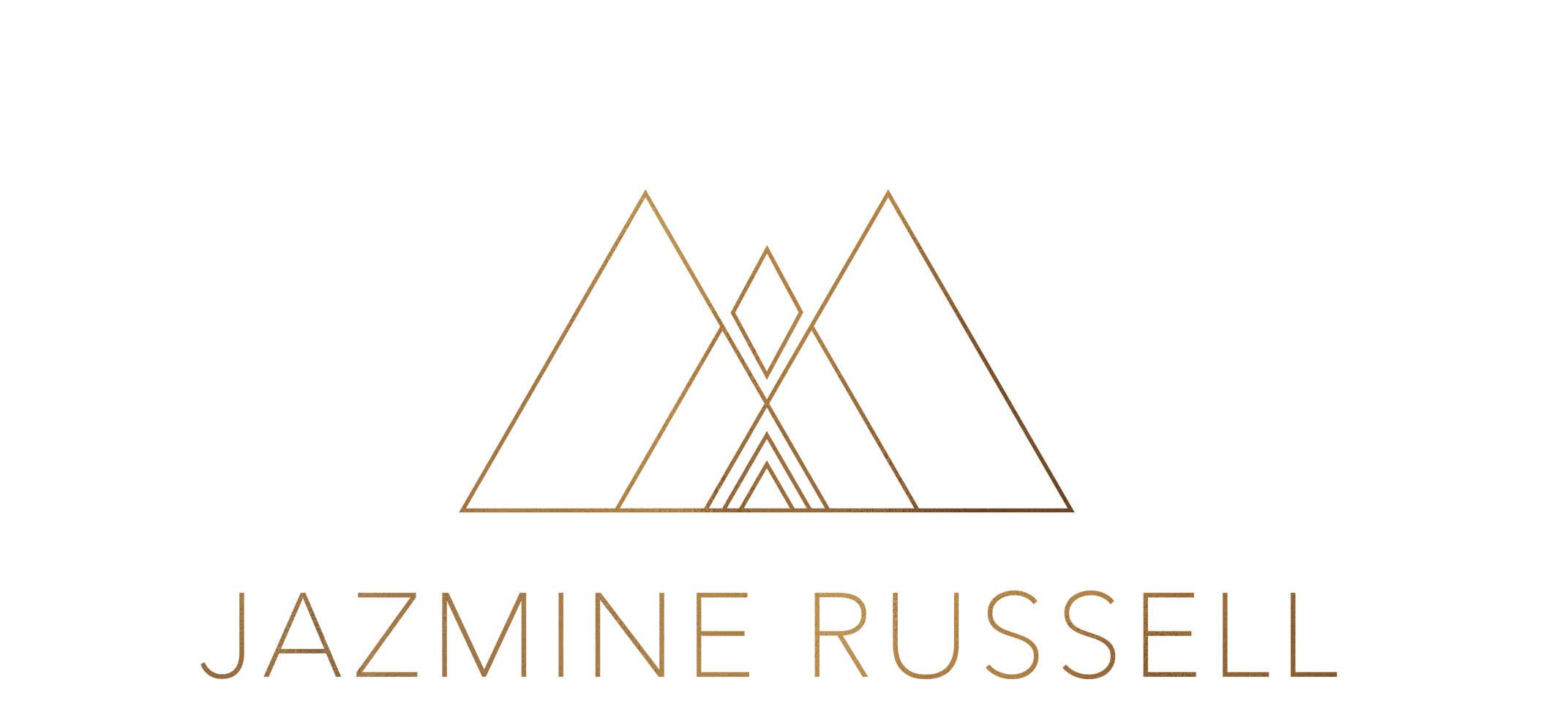How to Deal With Anger: Controlling, Releasing, and Healing Rage
I used to tell myself “I’m just not an angry person.” I was known for being the sweet calm subdued child. In reality, I didn’t speak up or act out of because I was terrified of being punished (thank you good old catholic school upbringing). This identity was praised and stuck with me for much of my young adulthood. Until the decades of stuffed emotion could not be held captive any longer.
I had my first encounter with my own repressed rage when I was 20 years old. I was in Germany, in my hometown with my uncle. I was speaking vulnerably, trying to get him to hear me out. He was yelling over me with criticism and condescension. Something that felt totally foreign and hugely animalistic rose up in me, from my stomach, to my lungs, to my hands which happened to be holding a butter knife. I screamed, lifted the knife unconsciously about to plunge it into the wooden table in the parlor room. In total shock, I hovered right above the table wide eyed, he laughed hysterically as I jumped up, ran to the bedroom and burst into tears.
In truth, it was a relief to find my anger. Even in the mess of emotions in that moment – shock, fear, fury – I was able to recognize that:
Anger can be useful when harnessed intentionally.
It can be a signal that boundaries were crossed, and give you the fuel to stand up and take power back. Back then, I didn’t have the tools to even acknowledge my anger, let alone cultivate the methods to release it productively.
Anger “Management”
The question I get most about anger is “how do I control anger?” or “how do I stop it from coming out?”
The impulse to restrain, manage and control anger makes sense. When left unchecked, a small occurrence can lead to a big outburst on the wrong people at the wrong time. It can be scary and feel shameful and at times feel dangerous. However, I’ve learned it is not a helpful strategy to repress anger or try to squelch it. Anger gets worse and more painful (for you and others) when restrained. When kept on lock down, anger can turn into depression, becoming internalized, eating you from the inside and sometimes leading to physical health issues.
What anger needs is an outlet, at times when you have the opportunity to relinquish control in a safe place. My best method for “controlling” anger is to develop a practice of letting loose often and in your own time and space.
Here Are My Favorite Ways To Deal With Anger:
1. Write A Rage-Filled Letter (and hold off on sending it)
If you’re more of a cerebral person or express best through writing, try free form writing everything you’re thinking in your head about the person or situation. This works best for a clear-cut situation (as opposed to lifetime of insidious trauma or abuse, which can be more challenging to articulate and process on paper – see below for methods best used for long-term trauma and pain). Don’t hold back, don’t make it nice, don’t attempt humility or compassion quite yet. We so often halt the process of releasing anger by wanting to be the “better person”. As noble as it is – that’s step two. Don’t skip step one by trying to be “nice”. Let the rage monster out first in the privacy of your own home and notebook, and it will be far easier to confront the situation with compassion after. Know that this exercise is for you and no one else. (Meaning – don’t send the letter, use it for your own healing)
2. Breathwork
I love breathwork because it’s a fast track to surpassing your conscious mind and getting deep into the underlying emotion and energy trapped in the body. There are many different kinds of breath work. The kind I like that feels most grounding and supportive to me was created by David Elliot. It’s a 2 part inhale – in through the belly, in through the chest, and out. When done in a safe and supportive community, breathwork is a powerful transformative experience (I do not recommend doing without a practitioner or group). Although each experience is different, I often find myself simultaneously laughing, crying, and screaming – all things that are SO good for our bodies and release emotion like nothing else. There’s nothing quite like being able to let loose and scream with 10-20 other people in a beautiful harmonic clearing of emotion. I always walk out of it feeling clear day in my heart and soul.
3. Osho’s Dynamic Meditation
“When kept on lock down, anger can turn into depression, becoming internalized, eating you from the inside and sometimes leading to physical health issues. ”
I studied dynamic meditation in India at Osho Ashram, waking up at 5am to enter a big stone pyramid temple with several other brave souls. It has since become one of my favorite practices for catharsis that I do in group or even on my own. Dynamic meditation is a 5 part moving meditation that creates vibration and rhythm in the body, is a beast of a workout, and allows for full expression (again, there’s nothing quite like screaming or shouting in a safe and supportive community). Despite his complicated persona, what I believe Osho realized that very few others did was the importance of moving the physical body to release emotion and the idea that expressing things we consider “crazy” can actually be deeply healing in the right environment. I appreciate this aspect of his influence. You can find a video on how to do it here, though I highly recommend doing it in community (there are meet ups and workshops in many major cities) or with a healer.
4. Throw A Tantrum
If you don’t have any breathwork, dynamic meditation, or other community based workshops in your area, there’s always the cheaper and more accessible option of throwing a big tantrum on your own. Find a safe spot with no one around, ask your roommates to go out for a bit, or put your face into a pillow and let go. Ball up your fists, kick your legs, make it a whole body experience. Kids know best how to release that energy (maybe at more inopportune times) and once you get over the fear of being making fun or how ridiculous it may seem, your body will remember how to do it just like you did when you were 4 years old. If you’re not used to it, it can take a bit to get into – so throw on a heavy metal song to unleash your inner angsty teen, or jump up and down to get the energy flowing first. Do what you need to push through the initial embarrassment (after all you likely had years of adults and social conditioning telling you to “grow up”). If we are able to practice this when initial feelings of anger or frustration show up, it will help prevent it from seeping out at the wrong times.
5. Embodiment Work + Intuitive Movement
Anger lives in the body and usually it’s not going to be released just by talking about it. If a tantrum doesn’t seem accessible to you, the next best embodied practice is finding where the emotion lives. Embodiment work, I find, is best for those with trauma histories and old old wounding that lives deep in the physical and energetic body. Embodiment work is using breath and movement to feel and release the somatic sensations that arise. It’s best done in a group or with a practitioner, but here’s one step you can do right now:
Take 3 big belly breaths
Ask to yourself “where does my anger live?” (you may feel it immediately inside your body in a central location or you may sit with it for a bit and simply notice diffuse sensations throughout your whole system)
Begin to inhabit the part of your body that you feel anger (if you’re unsure, focus on the belly)
Send your breath to that area, imagining it expanding as you inhale and as you exhale imagine yourself releasing any murky, dark, dull energy out through your mouth and falling down through the floorboards.
Repeat as needed
I do embodiment workshopsfor free up in Kingston NY every month. The next one isAugust 12th 6-7pm.Add To Calendar
6. Exercise
Exercise is a great immediate way to get the energy moving through you. If you’re not a gym person (neither am I) try a creative class like circus arts, or a self defense class like martial arts or kickboxing. Of course, the most accessible option is going for a run or throwing your own dance party in your room. Find what works for you and let your body tell you what it needs.
What's Beyond Anger
Anger is often an emotion that covers another more vulnerable one – such as the feeling of betrayal, loss of trust, grief, or guilt. Know that it’s normal when working through anger to feel pain underneath when the dust settles. This is how you know you’ve peeled off a layer and are going into deeper healing.
It can feel scary to let go even a little bit. We’re taught that anger is bad or that we’re bad for expressing anger. We're taught that anger is dangerous and given no model for healthy anger. What this does societally is leave us with little or no methods for healing anger or expressing it in healthy useful ways, ways that don't harm or oppress others. We can see this clearly with the painful massacres that are happening in the US. If you're angry, rageful, or scared, you're not the only one.
It’s ok to feel hesitant and afraid to express your own anger. It’s also ok to listen to your body and stop when your body feels too overwhelmed (our bodies will always tell us when things feel too overwhelming). It’s always ok to ask for help or support and do this work in the presence of a trusted friend, healer, or community.
Don’t forget that after any intense release, whether its an angry letter or an hour of focused exercise, that it’s important to nourish yourself after. Honor your process by setting up your favorite activities – being in community, making dinner, curling up with a good book. We need moments of release followed by hours of rest and doing what feels good.
Want 1:1 Support?
Emotional release,
trauma healing,
embodiment and somatic work,,
spiritual and intuitive development.



